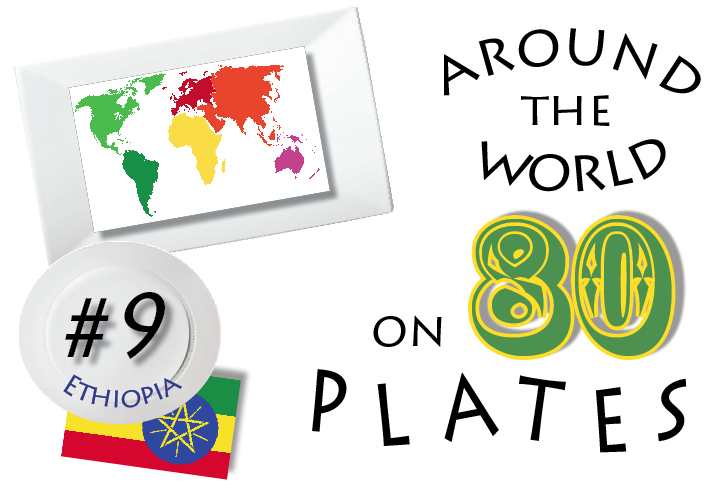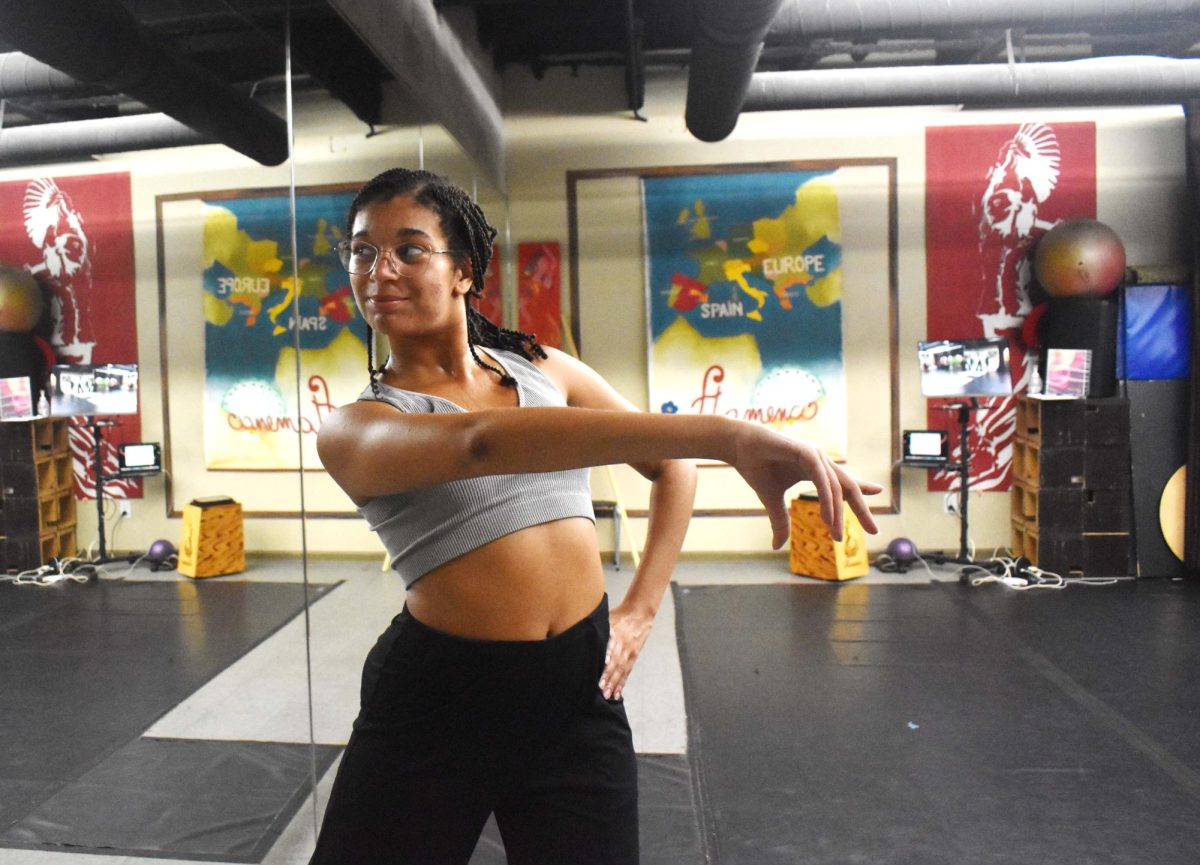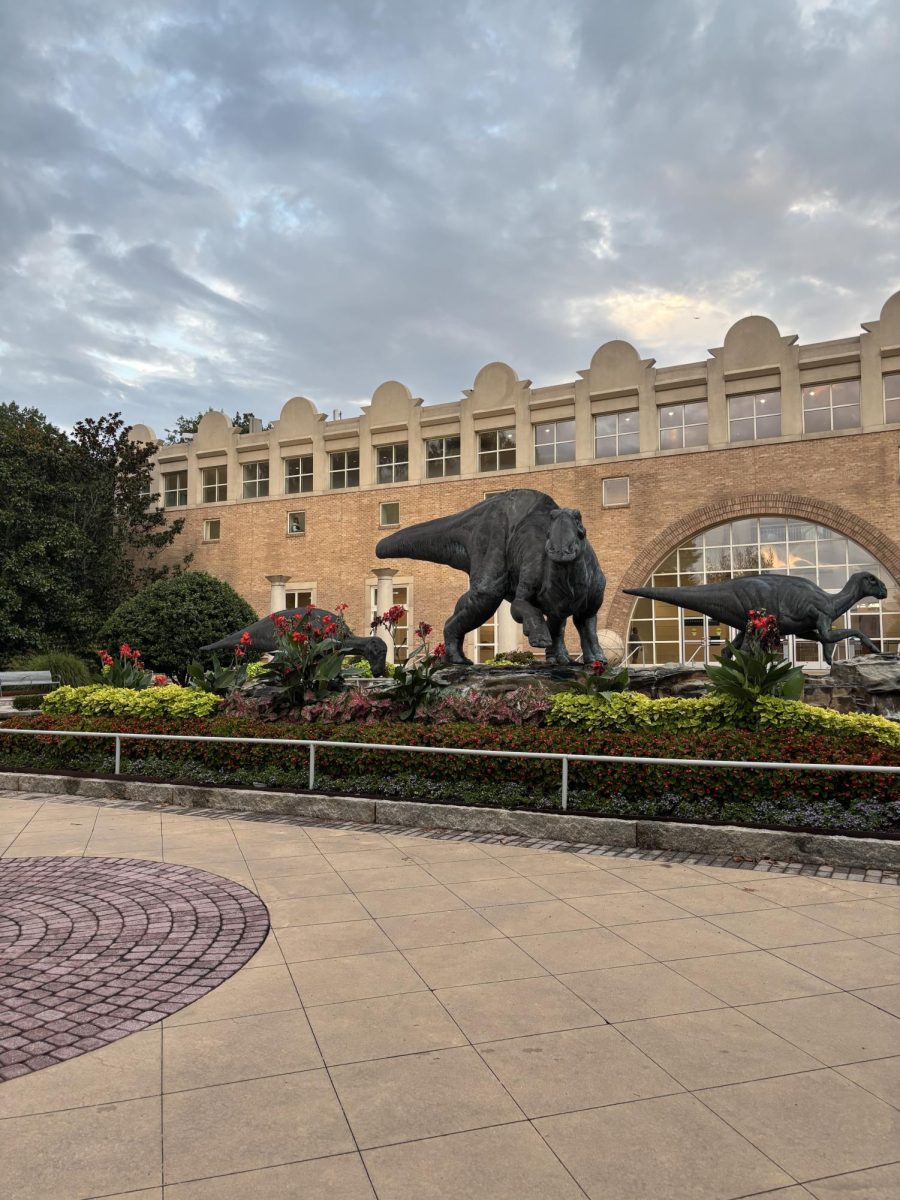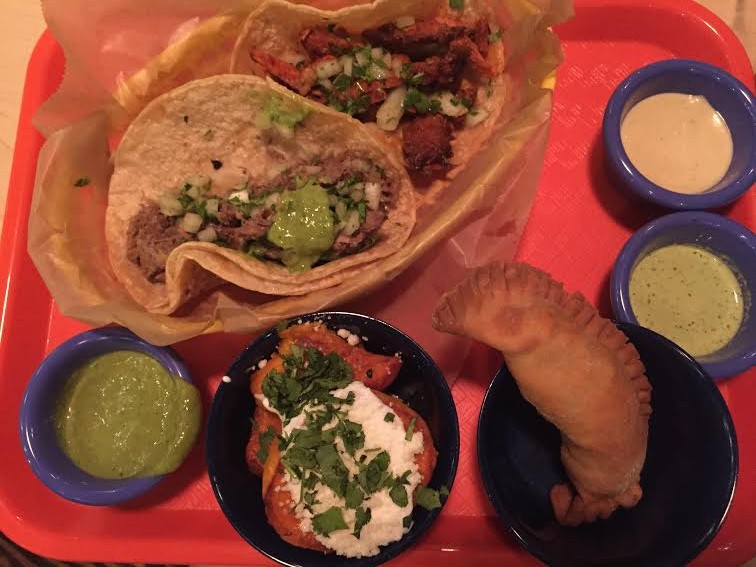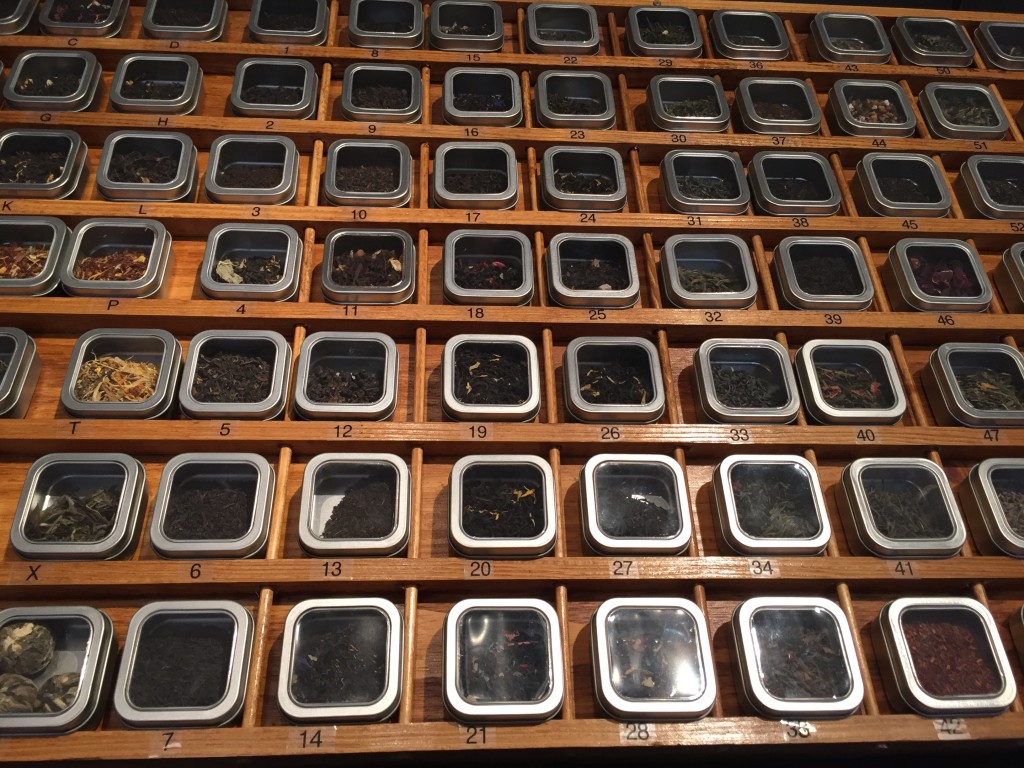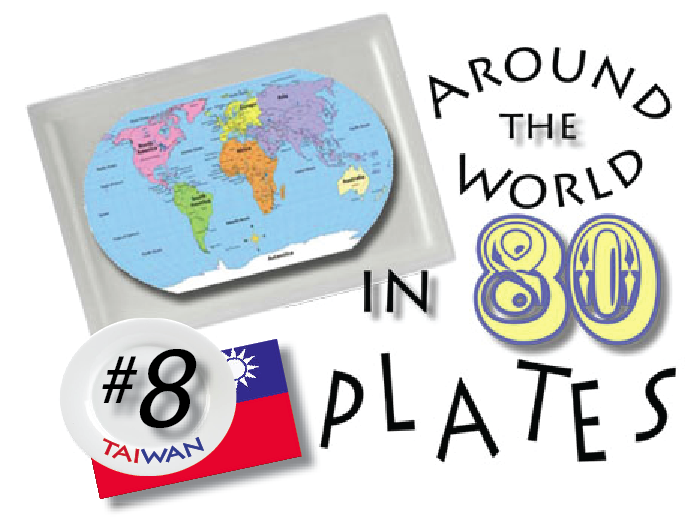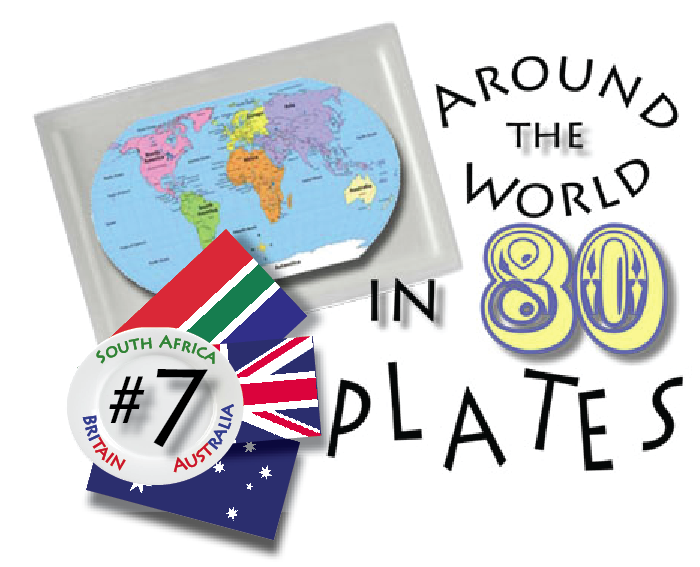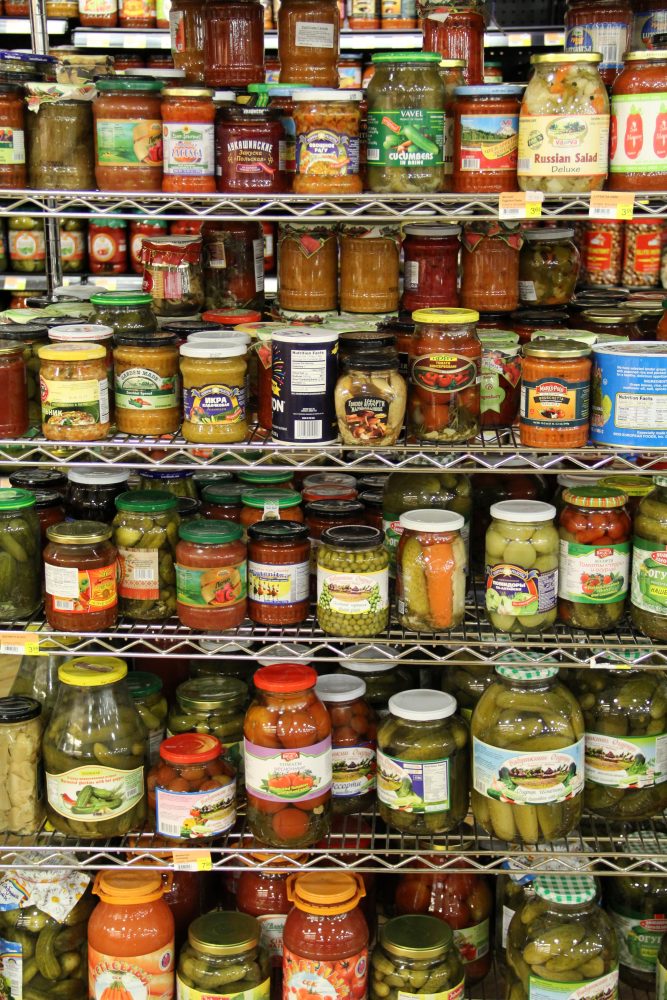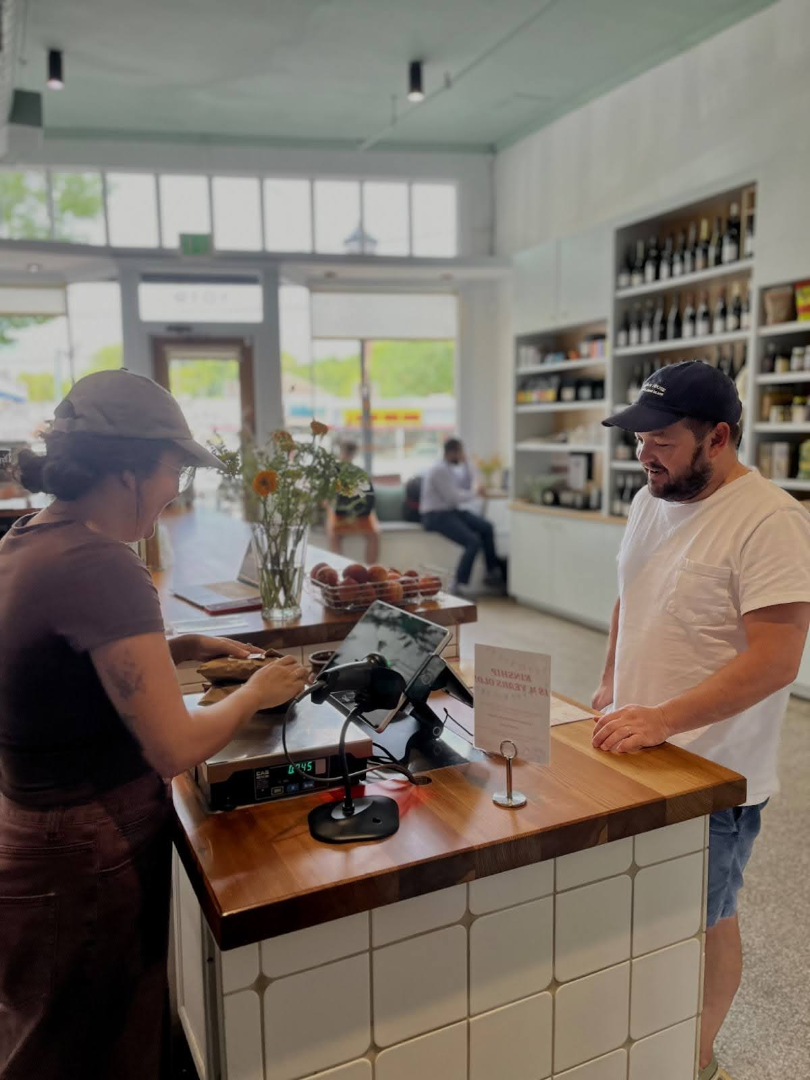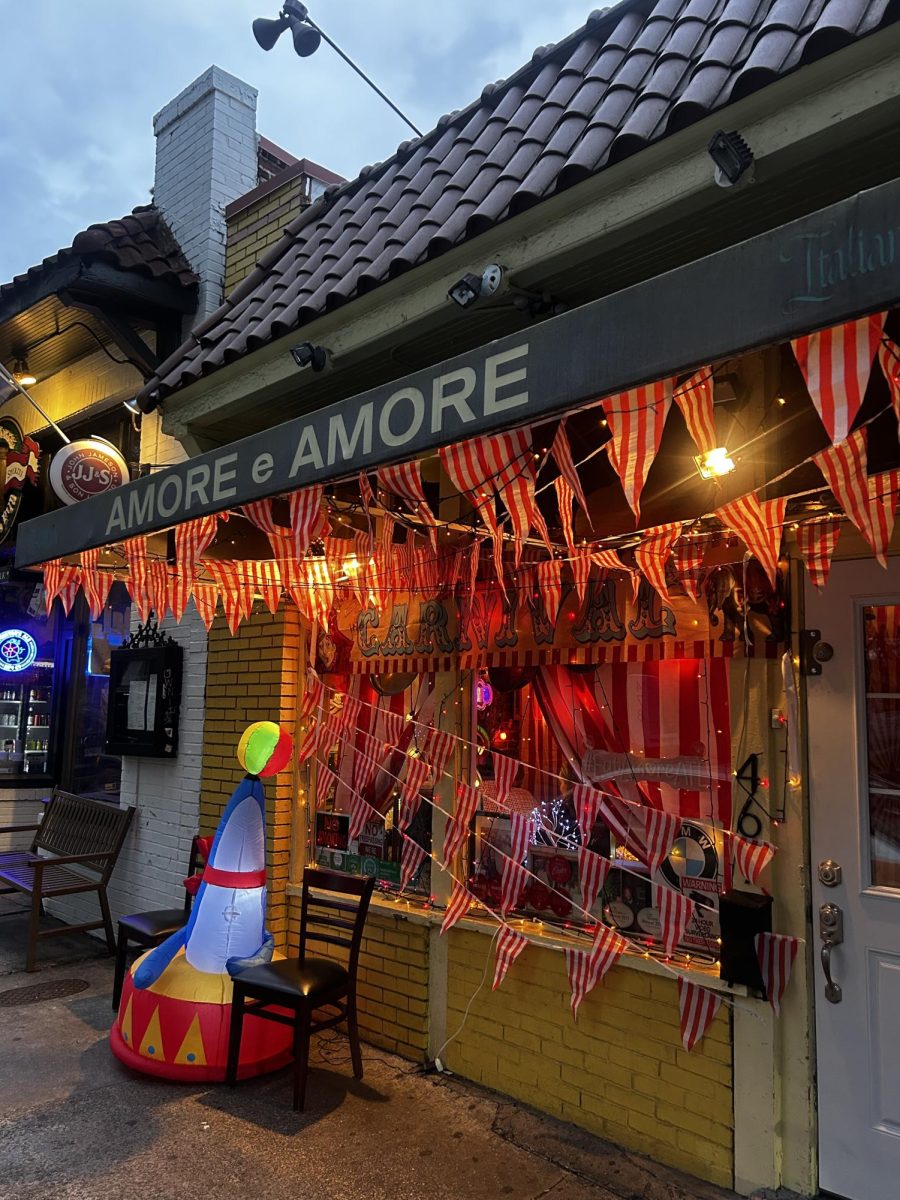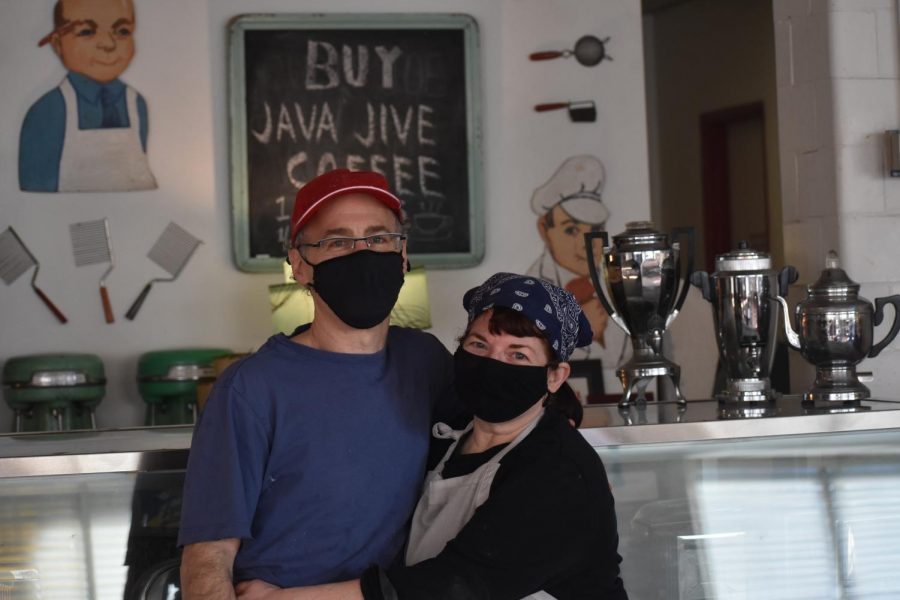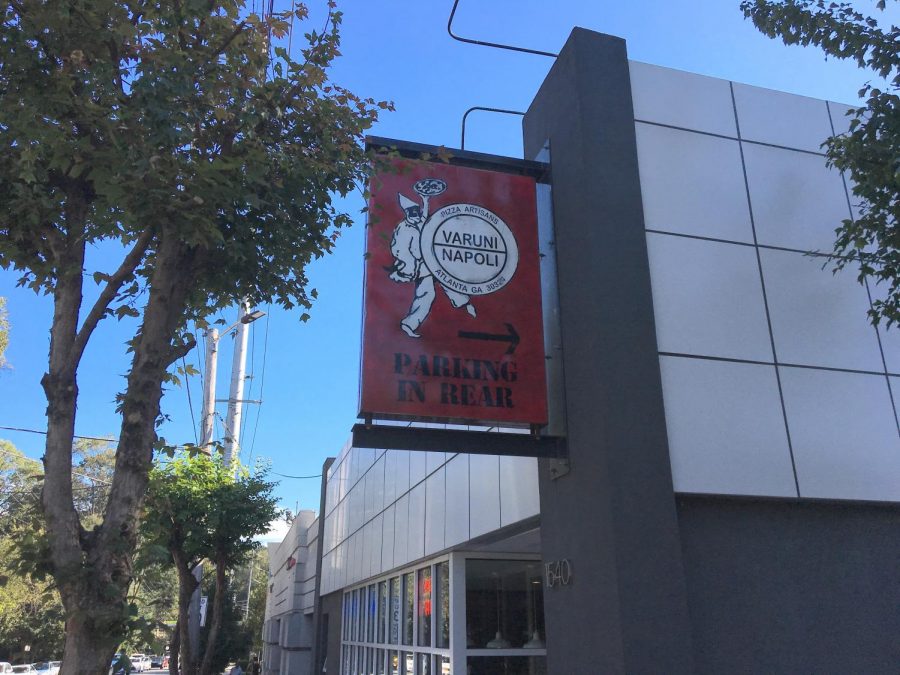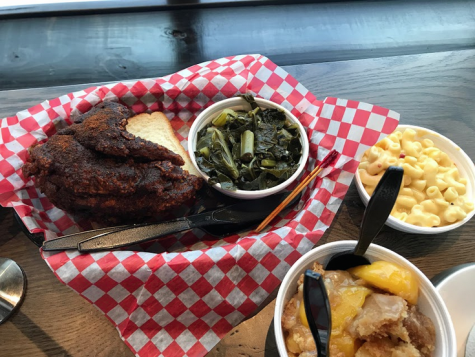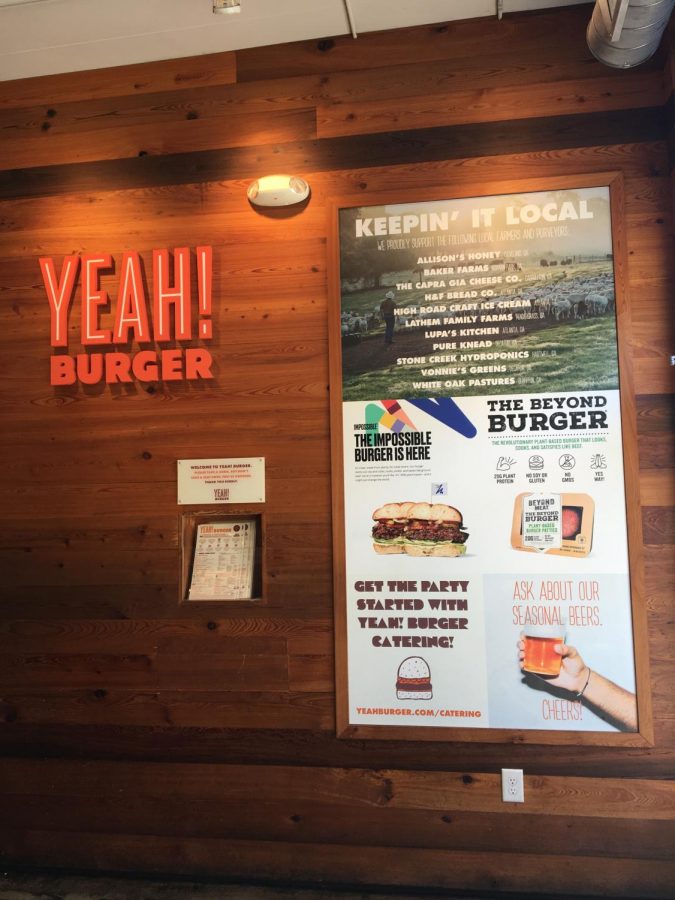
From the outside, Desta Ethiopian Kitchen doesn’t look like much. The restaurant sits in the parking lot of a strip mall, entirely suburban in appearance. A number of neon signs plastered overhead advertise a drive-thru that doesn’t exist. Yet the unassuming brick building—one of many ethnic eateries lining Briarcliff Road—is a rough, slightly shabby, oyster shell that hides a pearl.
After entering the restaurant, I was surprised to find that I stood among an impatient crowd of people waiting for tables. The unmistakably trendy restaurant played upbeat American pop music for its youthful patrons. Desta’s is clearly a popular destination—I had to wait 20 minutes for a table at 9 p.m. on a Wednesday.
My stomach growled incessantly by the time I reached my table. Eager to sample Ethiopian cuisine for the first time, I asked my server for her recommendations. After a lengthy debate about the comparative deliciousness of injera and rice, my tablemates and I made our selections.
I ordered the tibs, a make-your-own style entree that is the restaurant’s most popular option. All components of the dish—meat, starch, side and spice—are open to the eater’s discretion. For my tibs, I selected lamb with a side of spicy red lentil stew. After adding Desta’s signature spice, Awaze, to my meal for 50 cents, I ordered a plate of injera, an Ethiopian bread commonly used like a utensil to pick up food.

My companion ordered a chicken tibs with injera and a side of gomen, or collard greens steamed with spices.
Thankfully, our server returned quickly with a plate of injera and pots of spicy sauce. The injera was unlike any bread I had ever seen. Each of the six pieces, which were rolled and stacked into a pyramid, looked like spongy gray pancakes. I was simply too hungry to wait for the rest of my meal, so I began to tear pieces of the injera to eat with the sauce. Though the injera was akin to a pancake in texture, it tasted faintly sour. It was also rather cold, as though the plate had just exited a refrigerator. When paired with the tomato-based spicy sauce, however, the bread took on another dimension: the nuanced spices rounded off its sourness and created a novel experience for my tastebuds.
Finally, my tibs arrived. I was at first disappointed when a plate of uniformly chopped lamb tossed with onions and diced tomatoes landed on my table—my meal looked like a very run-of-the mill stir fry. As I tore off a piece of the injera to pick up my meat, my mind began to change.
I dunked my makeshift taco into the lentil stew and sampled the meal. I first noticed that the lentils were not as spicy as my server had made them out to be: they were instead exceptionally well-spiced. The sour injera complemented the more savory lamb and lentils beautifully. I had never tasted such a combination of flavors before. The lamb, chopped into small bits, was arguably overcooked, but not so much that it hindered my enjoyment. It was also a little salty, but almost unnoticeably so. Though a few of the individual lamb nibs were fatty or tough, they were collectively scrumptious.
Unfortunately, my companion’s chicken was not nearly as tasty. Though perfectly tender, it had an unpleasantly strong smoky flavor. This smokiness overpowered the delicate spices in the dish—not even the injera could mask it. Like the lamb, the chicken dish was almost imperceptibly over-salted.
Thankfully, the gomen, fared much better. Though it was by no means exceptional, I much preferred it to the chicken. As I called upon all of my willpower to prevent my stomach from exploding, our server brought the check. Surprisingly, the two meals which included sides and an overly generous helping of injera, came to only $25. While that sum isn’t necessarily inexpensive, I expected to pay a higher price for the sheer quantity of food I received. I couldn’t finish my meal, and I am not one to leave a plate empty.
Overall, my meal was satisfactory. Though I found fault with the chicken dish, I thoroughly enjoyed the lamb. My criticisms were few, and I certainly plan to return to Desta’s.

